My favourite painting: Simon Conway Morris
Simon Conway Morris chooses his favourite painting for Country Life.
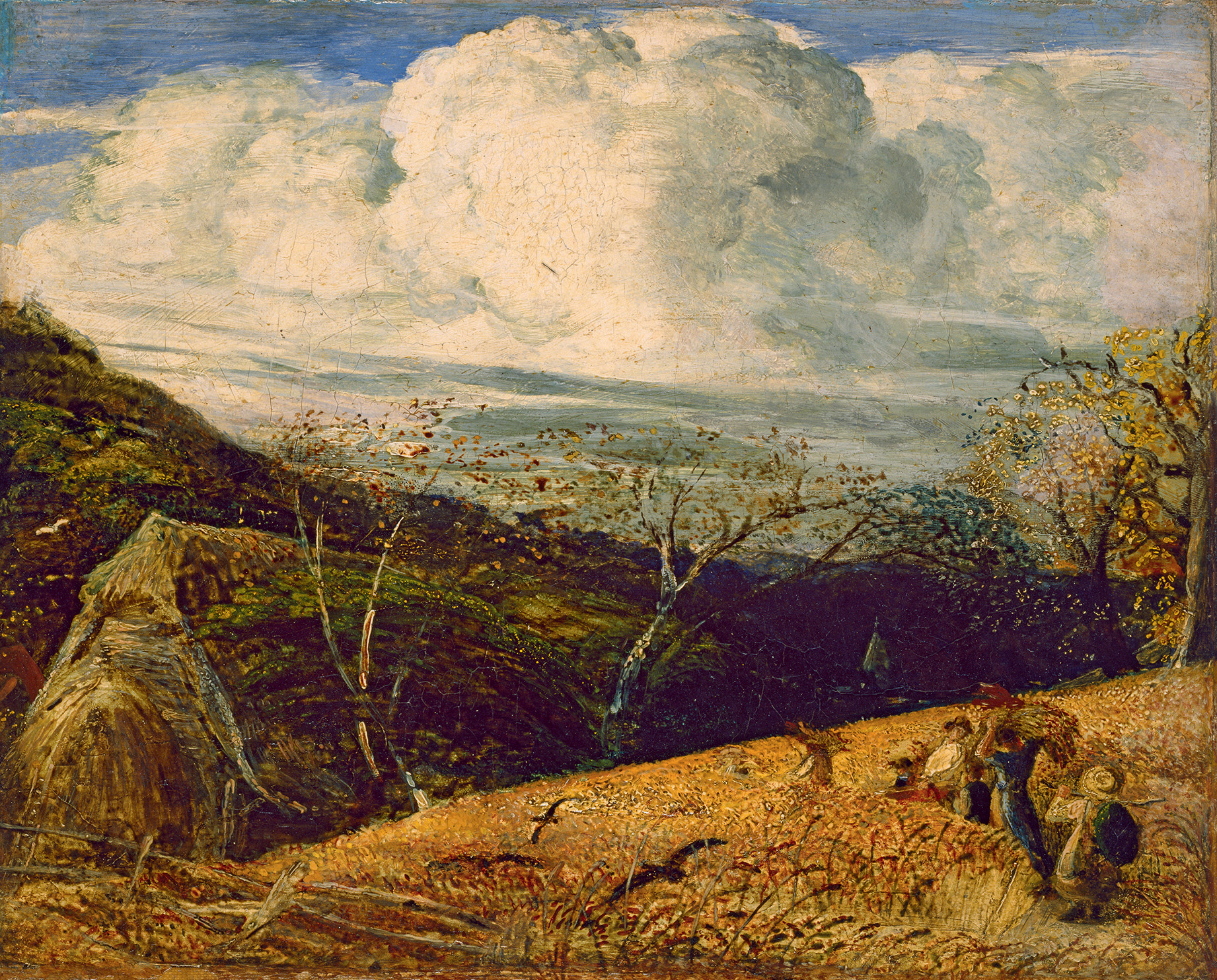

The White Cloud, about 1833/34, by Samuel Palmer (1805–81), 9in by 101⁄2in, The Ashmolean Museum, Oxford.
Simon Conway Morris says: 'Once, in Oxfordshire, I saw a transcendental landscape. The same trees and fields, but shot through with light from another world. And of the artists that transfigured the English landscape, none saw deeper than Palmer. An obvious choice would be one of his umbrageous masterpieces, villagers harvesting or in procession to church. But The White Cloud goes deeper: its plunging slopes, seas of corn, figures both familiar and mysterious and, like Prospero’s cloud-capp’d towers, the huge white rack of cumulonimbus. If we are such stuff as dreams are made on, Palmer’s vision shows how Heaven can touch the Earth.'
Simon Conway Morris is Professor of Evolutionary Palaeobiology, Cambridge, and a Fellow of St John’s College. His book The Runes of Evolution will be published this month.
John McEwen comments: 'Appalled by the industrialised and dangerously egalitarian turn of events, Samuel Palmer sought refuge, literally and imaginatively, in an ideal world in which Man lived in beatific harmony with Nature. Mary Ward, his nanny, had first encouraged his imagination. He never forgot, as a boy of four, watching a London moonrise with her and how ‘she transferred and fixed the fleeting image’ in his memory by reciting a couplet from Edward Young’s Paraphrase on Part of the Book of Job: ‘Vain man, the vision of the moment made,/Dream of a dream and shadow of a shade.’
When he and his artists’ group, the self-proclaimed ancients, lived and worked as a colony at Shoreham in Kent to pursue ‘Poetry and Sentiment’ in their ‘Valley of Vision’, Ward made his flamboyantly practical clothes: a coat with pockets deep enough to carry two imperial palettes, drawing materials and books and a hat wide enough to serve as an umbrella. Locals thought the ancients cranky and mocked them as ‘extollagers’.
This mixed-media painting — Palmer was profligate and inventive with materials — derives from his sepia masterpiece The Bright Cloud. It shows the influence of his guru William Blake’s illustrations for Virgil’s pastoral poems and touches on the bucolic scenes of Bruegel, medieval prayer books and early-Renaissance panels, but the interest in clouds was innovative. As with his contemporary Constable, it was surely sparked by the recent naming of the clouds by Luke Howard (1772–1864), ‘the father of meteorology’. This is a cumulonimbus, all too familiar in England, where the sight of it calls for a brolly.'
This article was first published in Country Life, December 3, 2014
Sign up for the Country Life Newsletter
Exquisite houses, the beauty of Nature, and how to get the most from your life, straight to your inbox.
More from the My Favourite Painting series
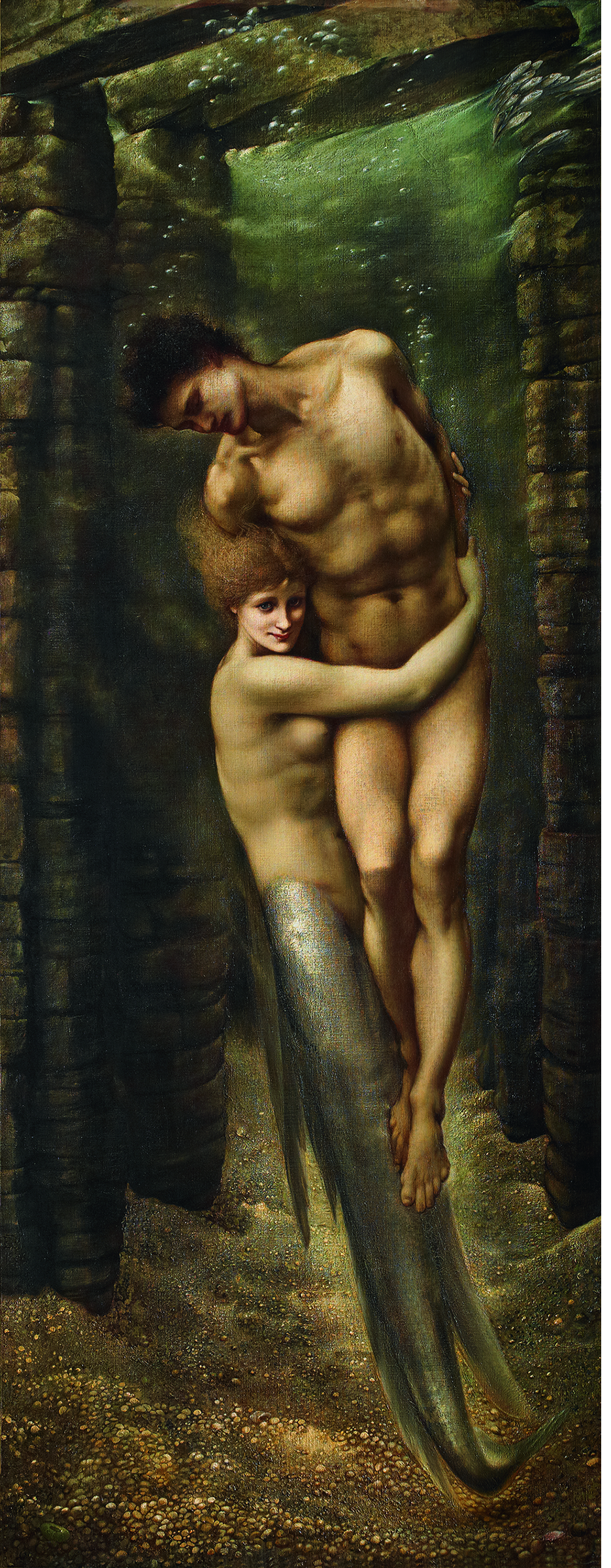
My Favourite Painting: Andrew Lloyd Webber
Andrew Lloyd Webber chooses his favourite painting for Country Life.
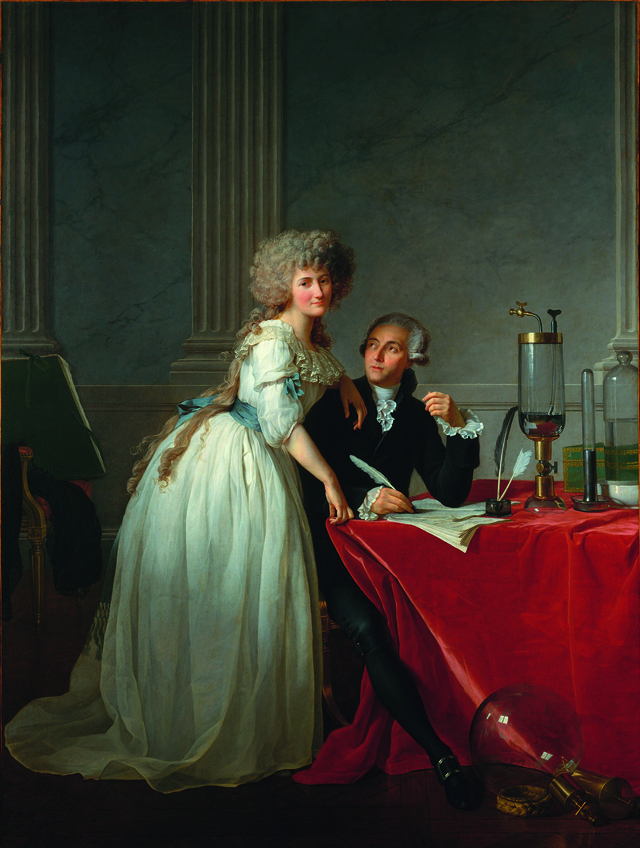
My favourite painting: Paul Nurse
Paul Nurse chooses his favourite painting for Country Life.
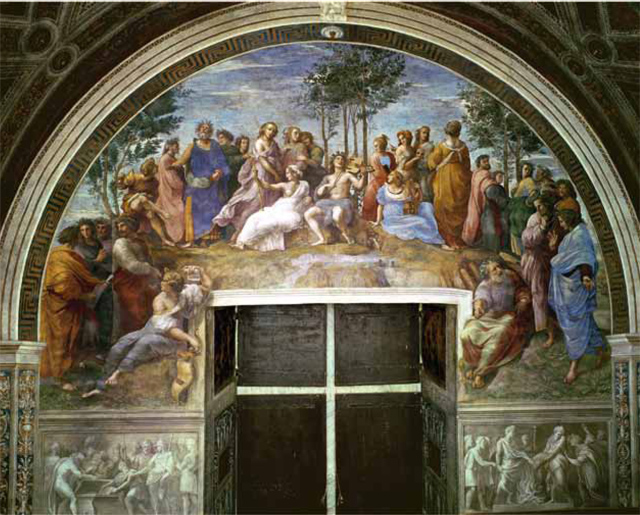
My Favourite Painting: Dervla Murphy
Dervla Murphy chooses her favouite painting for Country Life.
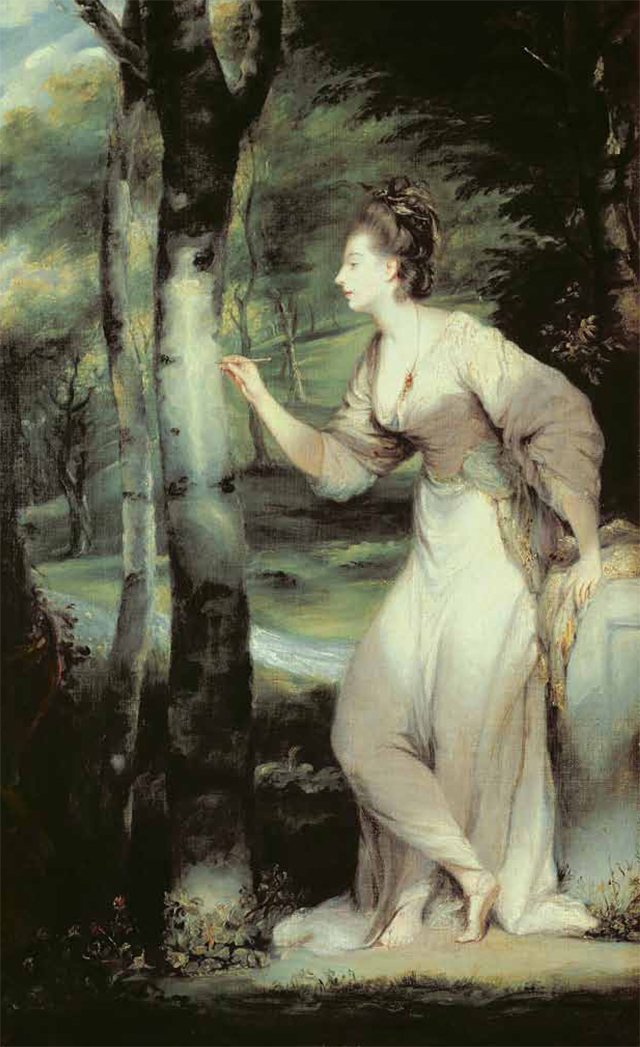
My Favourite Painting: Bruce Oldfield
Bruce Oldfield chooses his favourite painting for Country Life.
Country Life is unlike any other magazine: the only glossy weekly on the newsstand and the only magazine that has been guest-edited by HRH The King not once, but twice. It is a celebration of modern rural life and all its diverse joys and pleasures — that was first published in Queen Victoria's Diamond Jubilee year. Our eclectic mixture of witty and informative content — from the most up-to-date property news and commentary and a coveted glimpse inside some of the UK's best houses and gardens, to gardening, the arts and interior design, written by experts in their field — still cannot be found in print or online, anywhere else.
-
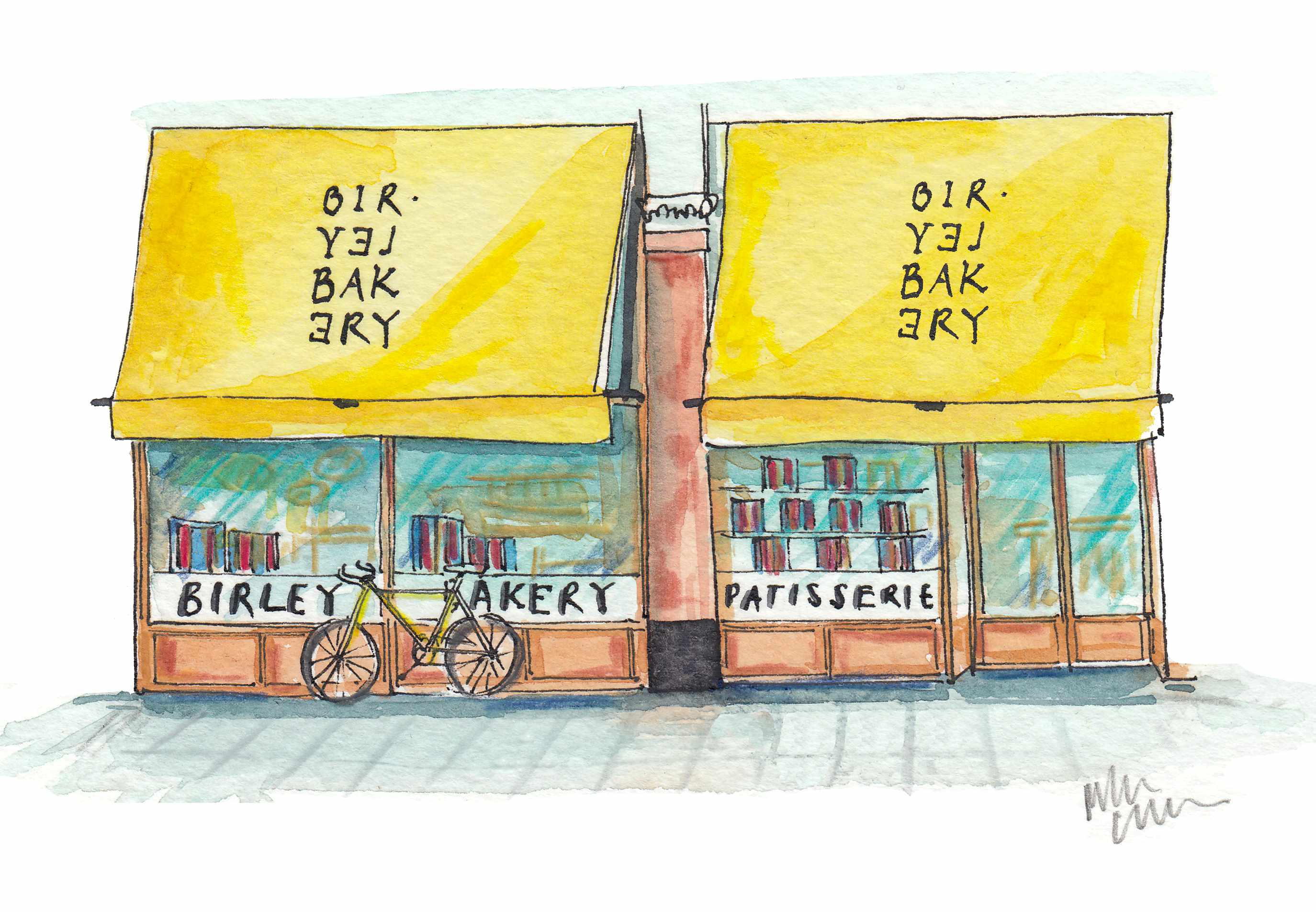 'That’s the real recipe for creating emotion': Birley Bakery's Vincent Zanardi's consuming passions
'That’s the real recipe for creating emotion': Birley Bakery's Vincent Zanardi's consuming passionsVincent Zanardi reveals the present from his grandfather that he'd never sell and his most memorable meal.
By Rosie Paterson
-
 The Business Class product that spawned a generation of knock-offs: What it’s like to fly in Qatar Airways’ Qsuite cabin
The Business Class product that spawned a generation of knock-offs: What it’s like to fly in Qatar Airways’ Qsuite cabinQatar Airways’ Qsuite cabin has been setting the standard for Business Class travel since it was introduced in 2017.
By Rosie Paterson
-
 My favourite painting: Allan Mallinson
My favourite painting: Allan MallinsonMilitary historian Allan Mallinson picks an image of 'faith, generosity and ultimate sacrifice'.
By Charlotte Mullins
-
 My Favourite Painting: Piet Oudolf
My Favourite Painting: Piet Oudolf'One cannot sense whether he is far out on the ocean or closer to shore, or what he may be watching or feeling in that moment as he stares towards the beach.’
By Country Life
-
 My Favourite Painting: Mary Plazas
My Favourite Painting: Mary Plazas'There is compassion, awe, humility, a knowing yet a questioning in the glistening eyes. It moves me, it inspires me beyond the need to know.’
By Country Life
-
 My favourite painting: Robert Kime
My favourite painting: Robert KimeRobert Kime shares his fondness for New Year Snow by Ravilious
By Country Life
-
 My Favourite Painting: Anna Pavord
My Favourite Painting: Anna PavordAnna Pavord chooses a picture which reminds her of where she grew up
By Country Life
-
 My favourite painting: The Duchess of Wellington
My favourite painting: The Duchess of WellingtonThe Duchess of Wellington chooses her favourite painting for Country Life.
By Country Life
-
 My favourite painting: Maureen Lipman
My favourite painting: Maureen LipmanMaureen Lipman chooses her favourite painting for Country Life.
By Country Life
-
 My favourite painting: Jacqueline Wilson
My favourite painting: Jacqueline Wilson'I looked at this painting and decided to write about a Victorian circus girl one day'
By Country Life